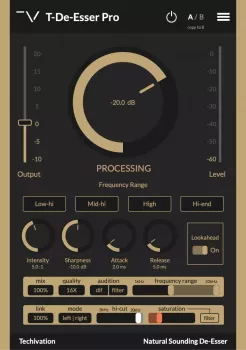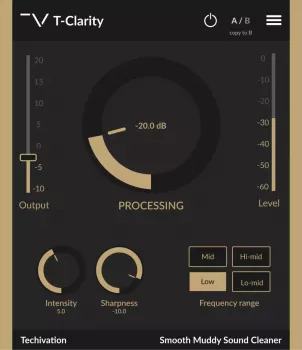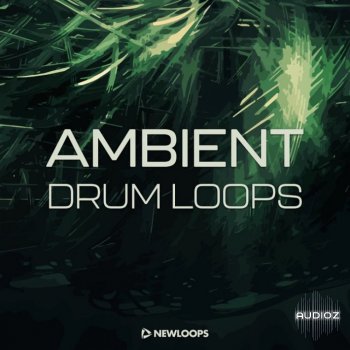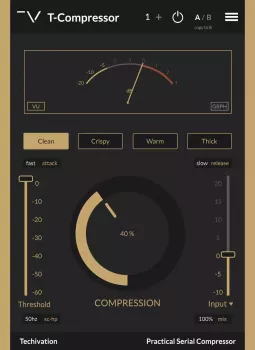
MP4 | Video: h264, 1280×720 | Audio: AAC, 44.1 KHz, 2 Ch
Genre: eLearning | Language: English | Duration: 57 lectures (5h 57m) | Size: 1.6 GB
Learn Object Oriented Programming with Python, C++, C#
What you’ll learn:
Creating Classes and methods
Instantiating
Inheritance
Polymorphism
Encapsulation
Abstraction
Requirements
Basic programming concepts advised.
Description
Object-oriented Programming, or OOP for short, is a programming paradigm which provides a means of structuring programs so that properties and behaviors are bundled into individual objects.
For instance, an object could represent a person with a name property, age, address, etc., with behaviors like walking, talking, breathing, and running. Or an email with properties like recipient list, subject, body, etc., and behaviors like adding attachments and sending.
Put another way, object-oriented programming is an approach for modeling concrete, real-world things like cars as well as relations between things like companies and employees, students and teachers, etc. OOP models real-world entities as software objects, which have some data associated with them and can perform certain functions.
Object-oriented programming is based on the imperative programming paradigm, which uses statements to change a program’s state. It focuses on describing how a program should operate.
OOP uses the concept of objects and classes. A class can be thought of as a ‘blueprint’ for objects. These can have their own attributes (characteristics they possess), and methods (actions they perform).
In this course you will learn the key concepts of object oriented programming which includes:
Classes
Methods
Instantiating
Inheritance
Polymorphism
Encapsulation
Abstraction
C# is an object-oriented programming language. The four basic principles of object-oriented programming are:
Abstraction Modelling the relevant attributes and interactions of entities as classes to define an abstract representation of a system.
Encapsulation Hiding the internal state and functionality of an object and only allowing access through a public set of functions.
Inheritance Ability to create new abstractions based on existing abstractions.
Polymorphism Ability to implement inherited properties or methods in different ways across multiple abstractions.
Object oriented programming (OOP) is a programming structure where programs are organized around objects as opposed to action and logic. This is essentially a design philosophy that uses a different set of programming languages such as C#. Understanding OOP concepts can help make decisions about how you should design an application and what language to use.
Everything in OOP is placed together as self-sustainable “objects.” An object is a combination of variables, functions, and data that performs a set of related activities. When the object performs those activities, it defines the object’s behaviour. In addition, an object is an instance of a class.
Who this course is for
Beginners to Object Oriented Programming
Password/解压密码www.tbtos.com
会员内容与购买链接内容一样,升级VIP全部资料免费






评论0